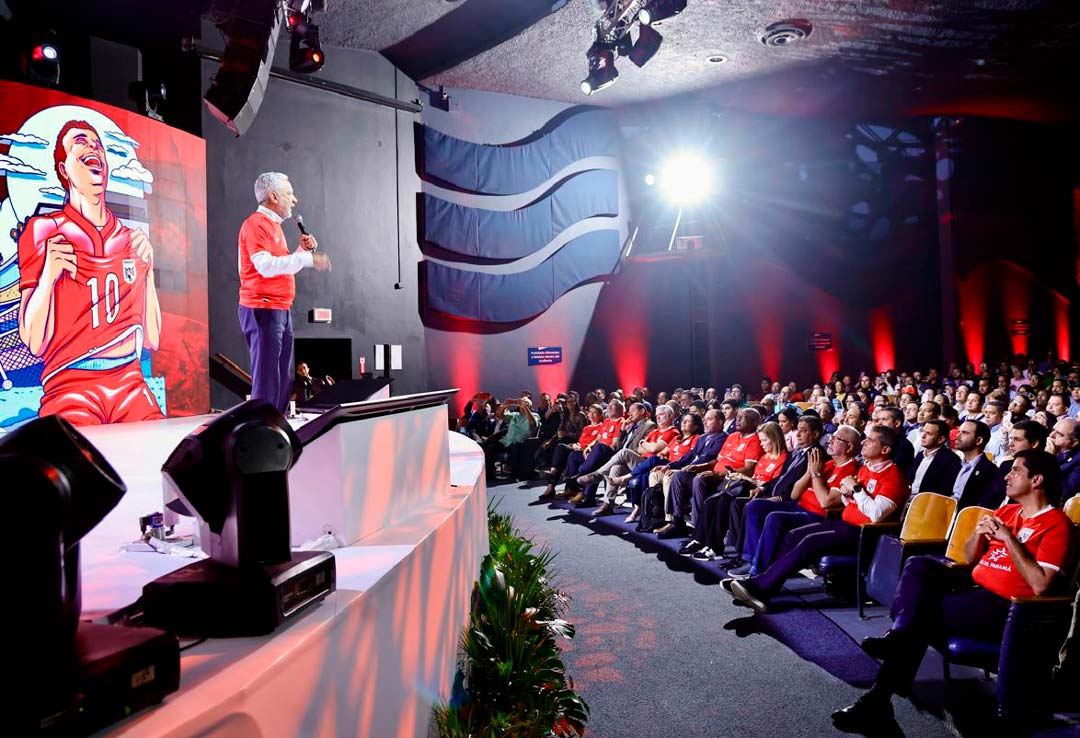Other alternatives to super highways

PLANS TO ENCIRCLE the city’s World Heritage site (Casco Viejo) with a four lane highway on stilts or landfill,are causing concern by those who realize new thinking is required.
The following article published in the New York Times, and forwarded by a reader, shows that imagination and action can produce results.
MADRID — Even on a chilly Thursday afternoon in December, the old men, engulfed in cigar smoke and reading newspapers, were sitting around chess tables under tall pines. Nearby, a young woman had strung her line between the trunks of two mulberry trees to practice tightrope walking.
Behind her, hypnotized toddlers stared into a small oval fountain full of swirling water, and cyclists pedaled across new bridges with cement roofs that are shaped like upside-down canoes and also across a new steel forked bridge, an elegant nod to industrial-age steelwork, with a great view of the royal palace on its hill.
The park here, called Madrid Río, has largely been finished. More than six miles long, it transforms a formerly neglected area in the middle of Spain’s capital. Its creation, in four years, atop a complex network of tunnels dug to bury an intrusive highway, also rejuvenates a long-lost stretch of the Manzanares River, and in so doing knits together neighborhoods that the highway had cut off from the city center.
All around the world, highways are being torn down and waterfronts reclaimed; decades of thinking about cars and cities reversed; new public spaces created.
Most famously, in beauty-mad San Francisco, the 1989 earthquake overcame years of entrenched thinking: theEmbarcadero Freeway was taken down, which reconnected the city with its now glorious waterfront. In Seoul, the removal of a stretch of highway along the now-revived Gaecheon stream has made room for a five-mile-long recreation area called Cheonggyecheon. In Milwaukee, the destruction of the Park East freeway spur has liberated acres of downtown for parks and neighborhood development. Even the nearly-30-year, bank-busting Big Dig fiasco made Boston a better place by tunneling a downtown highway, though it was obviously nobody’s idea of a stellar urban redevelopment project.
In New York, city and state officials are inching closer to tearing down the Sheridan Expressway, a mile-and-a-quarter-long gash in the South Bronx connecting the Bruckner and Cross Bronx Expressways, perhaps to replace it with homes, commercial spaces, playgrounds, swimming pools and soccer fields arrayed along the Bronx River.
But Madrid Río is a project whose audacity and scale, following the urban renewal successes of Barcelona, Spain’s civic trendsetter, can bring to a New Yorker’s mind the legacy of the street-grid plan, which this year celebrates its 200th anniversary. That’s because the park belongs to a larger transformation that includes the construction of dozens of new metro and light-rail stations that link far-flung, disconnected and often poor districts on Madrid’s outskirts to downtown ….
During the 1970s, the M-30, a ring road constructed along both sides of the river, ripped a crippling gash through the city. Neighborhoods on both sides of it declined. Tourists had little or no clue this area of town even existed, and most Madrileños avoided it, save for trips to the soccer stadium of Atlético Madrid or along the highway, which turned into an infamous bottleneck.
That was then. Two centuries back, Goya painted bucolic picnickers in shaded pastures above the Manzanares. After decades of the highway, they’re returning.





